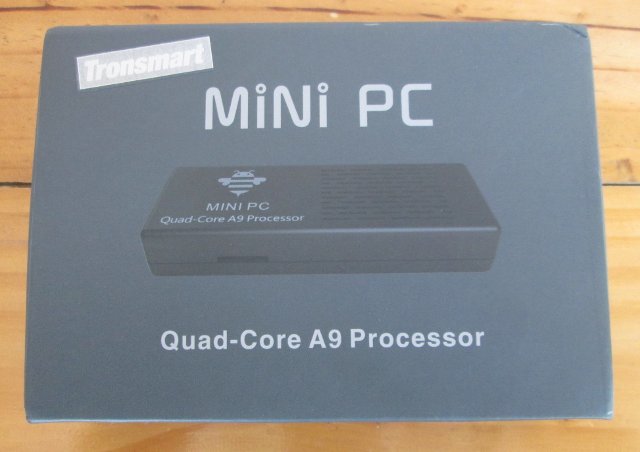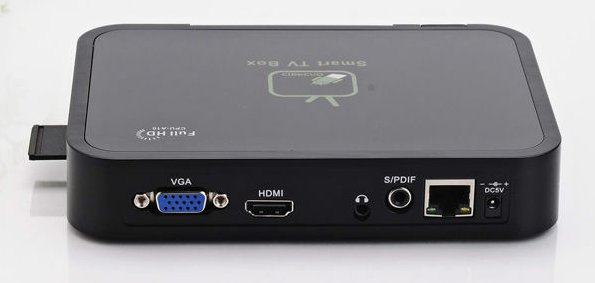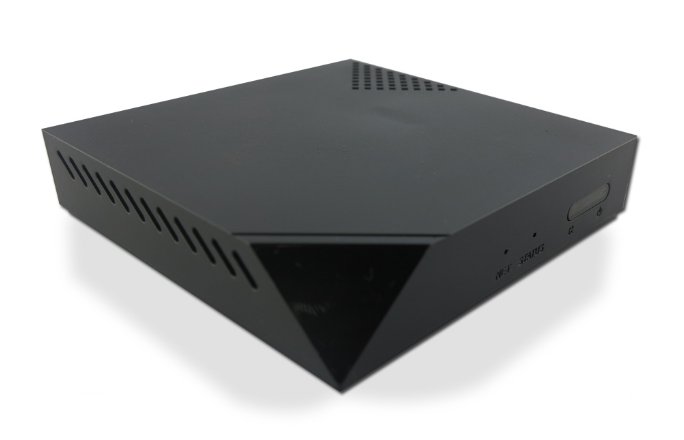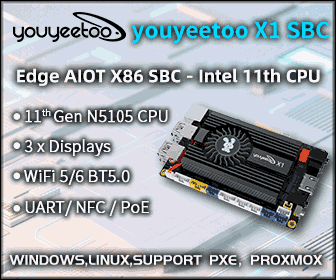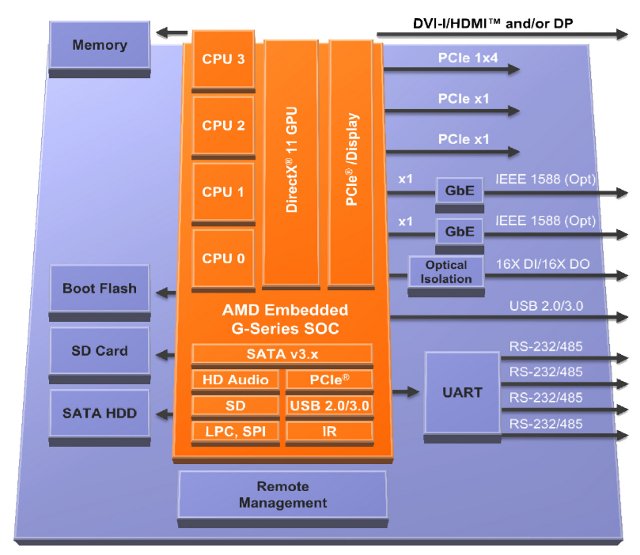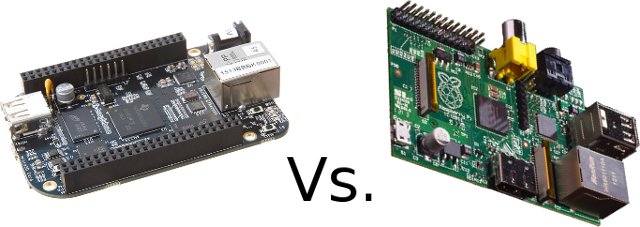The Yocto Project Release 1.4 has just been announced. This release codenamed “Dylan” and based on Poky 9.0.0 is the sixth release of the project. The Yocto Project is a framework that creates embedded Linux distributions, and has been getting more and more traction with silicon vendors such as Intel, Freescale and Texas Instruments. Yocto Project 1.4 bring the following new features and updates: Major performance improvements – The overall build time has been reduced by more than 10%. Kernel build time is reduced by about 25%. With rm_work enabled, 40% less storage will be used for the tmp directory. Smart, a replacement for zypper Support for read-only rootfs Wayland support, an X replacement. Systemd support, a replacement for the system V init daemon. Usability improvements to HOB, bitbake, yocto-bsp and other tools, including UI improvements, new features and bug fixes. Documentation improvement/update and a new kernel development manual and […]
How to Flash Firmware to Rockchip RK3188 HDMI TV Sticks
Yesterday, I’ve received MK908 mini PC featuring Rockchip RK3188, and a new firmware is available, so before further testing I’ll flash the firmware to the device basically using the instructions from Geekbuying. This method use standard Rockchip tools, so it should work for any RK3188 devices. But first a little rant. Those instructions only work on Windows operating systems, so if you’re using Linux or Mac, you’re out of luck until you find a Windows PC, or launch Windows in a virtual machine. This method should just be used in case the device can’t boot, or you have serious issue with the device firmware, but it is also used for firmware upgrade for Rockchip mini PCs. This is just wrong. Typical users should not be asked to install software and drivers, press the recovery button, just to upgrade their firmware. The best very way would be OTA updates, but maybe this […]
Tronsmart MK908 Rockchip RK3188 Quad Core mini PC Unboxing Pictures
Tronsmart MK908 is one of the many Rockchip RK3188 Android mini PCs hitting the market this month. Beside the quad core Cortex A9 processor, this Android 4.1 HDMI TV stick comes with 2GB RAM, 8GB flash, 802.11n Wi-Fi and Bluetooth module, 3 USB ports, and a micro SD card slot. Geekbuying is selling the device for $89.99 including shipping, and the company sent me a unit for review. Today I’ll just show somes unboxing pictures, boot the device, and I’ll write a full review tomorrow. I received the device in the box below. But let’s move on to more interesting things, and see what’s inside the package. We’ve got a 5V/2A power adapter, MK908 itself, a short mini HDMI to HDMI cable, a mini UBS to USB cable for power, and a short mini USB to USB female adapter. I eventually found a manual user manual in English which hid […]
Linaro 13.04 Release With Linux Kernel 3.9 and Android 4.2.2
Linaro 13.04 has just been released. It features Linux Kernel 3.9-rc7 and Android 4.2.2. A lot of work has been done on ARMv8 (Cortex A53) with further work on OpenEmbedded, more testing, and updates to the GCC toolchain. Calxeda EnergyCore server has been added to LAVA, Origen Quad now gets hardware video acceleration in Android Jelly Bean. Still more cleanup has been done on the kernel side with regards to Samsung and ST SoC, and a big.LITTLE porting guide is now available (linaro login required). Here are the highlights of this release: LAVA Prototype of a new publishing system is used to overcome performance problems with android-build.linaro.org. Calxeda EnergyCore support is merged in LAVA, and an isolated system has been set up for web benchmarking. Fedora support is merged in LAVA. A user can submit LAVA jobs using a Fedora pre-built image. Boot commands are untangled from LAVA dispatcher. They’re now […]
GV-17 Android 4.2 Set-Top Box Features Allwinner A20 SoC, a 2.0MP Webcam
After Clousto A20 Media PC, and Mele A100 Dual, here’s another set-top box powered by AllWinner A20 dual core Cortex A7 SoC. GV-17 Android TV Box comes with 1GB RAM, 8GB Flash, and contrary to the other previous hardware also adds 2.0MP front camera. If you’ve heard about this model before, it’s because it’s an update of GV-17 set-top box based on AllWinner A10. GV-17 (A20) Specifications: SoC – AllWinner A20 dual core Cortex A7 + Mali-400MP2 GPU System Memory – 1GB RAM Storage – 8G NAND Flash + SD card slot Video Output – HDMI, composite and VGA Audio I/O – HDMI, stereo jack, and S/PDIF – Integrated MIC Video Codecs – MPEG-1/2,MPEG-4 ASP, DivX 3/4/5, H.263, H.264, XviD, VC-1, WMV Audio Codecs – MP3, WMA, WAV, OGG, FLAC, ALAC, APE, ACC-LC, ACC-HE, AC-3, DTS, Real Audio Connectivity: WiFi 802.11b/g/n (RALINK 8188) 10/100M Ethernet USB – 2x USB Host […]
100 Euros “Little Black Box” Runs XBMC Linux
Most set-top boxes running XBMC, are actually Android devices running XBMC as an app, and I don’t know of other media players that are sold with XBMC Linux pre-installed. Until today, as an XBMC Linux STB called The Little Black Box has been officially announced today. This XBMC device is powered by AMLogic AML8726-M3 @ 1 GHz, and comes with 1GB RAM, 4GB Flash, HDMI and AV output and more. Little Black Box hardware specifications: SoC – AMLogic AML8726-M3 ARM Cortex A9 @ 1GHz + Mali-400 GPU System Memory – 1GB RAM Storage – 4GB NAND Flash Video Output – HDMI (1080p) and composite Connectivity – 10/100M Ethernet + 802.11 b/g/n Wi-Fi USB – 2x USB host ports Weight – 500 g Dimensions – 10 x 10 x 3 cm The package will come with the box, a dual sided RF remote with a qwerty keyboard and standard remote buttons […]
AMD Unveils AMD G-Series SoCs For Embedded Applications
In 2011, AMD launched the G-Series APUs (Accelerated Processing Unit) that combines the CPU and GPU into one chipset which then connects to a controller hub to handle I/Os, and recently the company announced AMD G-Series SoC at Design West 2013. The new solution combines a “Jaguar” CPU, a Radeon HD8000 series GPU and a controller hub into one and only SoC, further integrating functions. Both AMD G-Series APU and SoC target embedded systems such as industrial control and automation, digital signage, electronic gaming systems, SMB storage, IP-TV, medical and network appliances, set-top boxes and more. AMD claims G-Series SOCs offer up to 113 percent improved CPU performance compared to G-Series APU, and up to a 125 percent advantage compared to the Intel Atom (Dhyrstone, EEMBC CoreMark). The platform also includes support for DirectX 11.1, OpenGL 4.2x and OpenCL 1.2 yielding up to a 20 percent graphics improvement over G-Series […]
BeagleBone Black vs Raspberry Pi – Features and Price Comparison
The Beagleboard community officially announced the BeagleBone Black and its $45 price tag on the 22nd of April. Many blogs and news sites touted it as a Raspberry Pi killer, and R-Pi vs BBB fanboys fights ensued, and many articles with incorrect information or heavily biased were published. There’s however one decent BeagleBone Black vs Raspberry Pi comparison from a robotic point of view, so I’ll build from there with some corrections and additions. I’ll compare both the features and the price differential between the Raspberry Pi Model B and BeagleBone Black boards depending on use cases. BeagleBone Black vs Raspberry Pi – The Features BeagleBone Black Raspberry Pi Model B Comment Processor TI Sitara AM3359AZCZ100 Cortex A8 @ 1GHz(will be changed to AM3358BZCZ100 in future versions) Broadcom BCM2835 ARM11 @ 700 MHz (Overclockable to 1GHz) Even thoughboth processors can run at the same frequency (after overclocking the R-Pi), but […]





